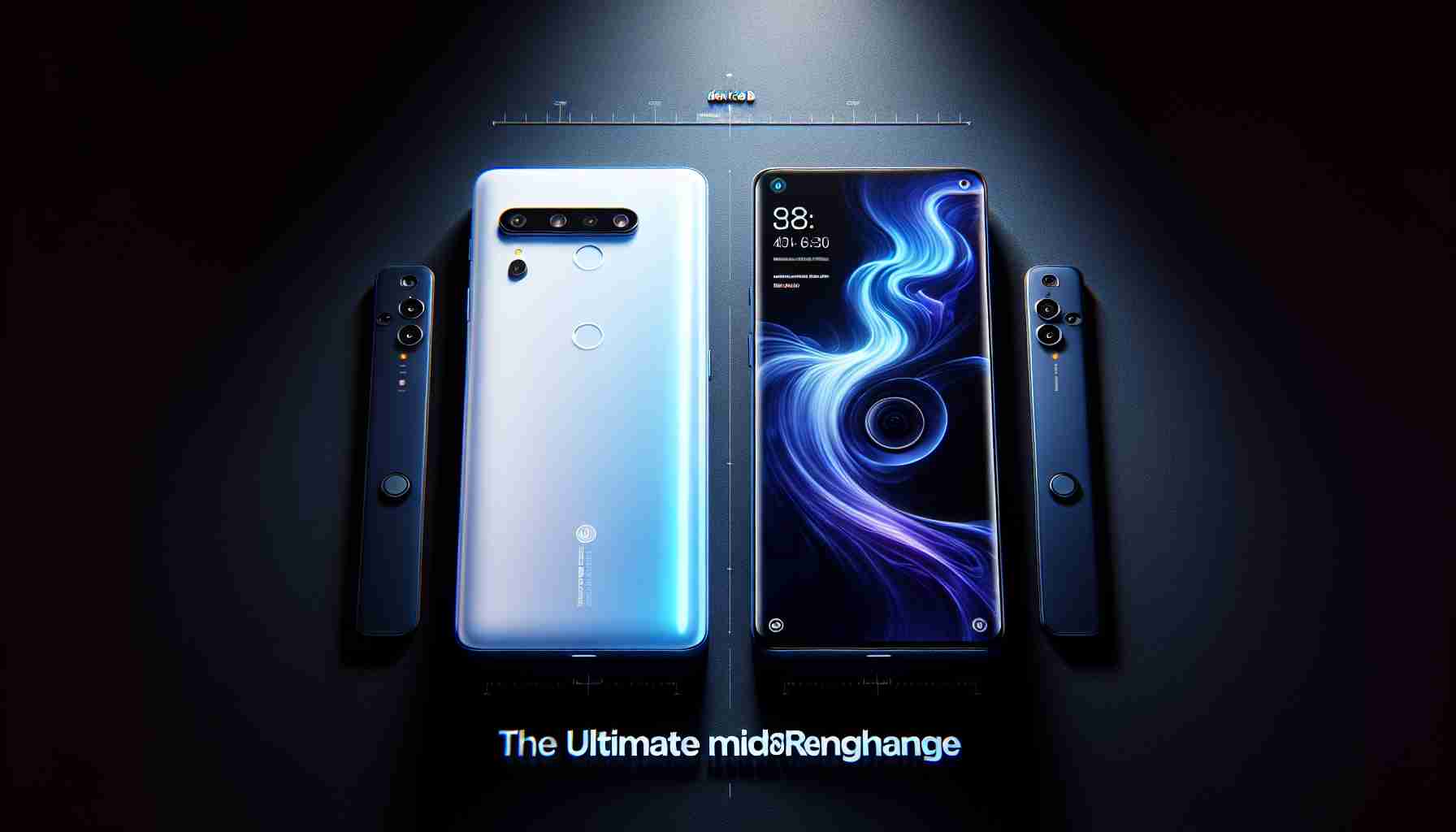The fierce competition among midrange smartphones heats up with the anticipated duel between Google’s Pixel 8a and Samsung’s Galaxy A35. The contest is poised to be a defining battle for the best mid-tier phone of the year, reminiscent of last year’s tight race between the Pixel 7a and the Galaxy A54, where Google’s offering narrowly clinched the victory.
Initial Impressions of the Galaxy A35
Samsung has already showcased the Galaxy A35, capturing attention with its vivid display and versatile camera capabilities. Though a full evaluation is pending, it’s clear that Samsung has managed to inject considerable value into this economically priced device.
Anticipation Surrounds the Pixel 8a
In contrast, Google’s Pixel 8a remains shrouded in mystery as an official announcement has yet to be made. However, the rumor mill provides enough substance to forecast potential specifications and how it might stand against Samsung’s contender.
Comparing Specifications
The speculative comparisons draw a picture of two potent devices: The Pixel 8a is rumored to possess a 6.1-inch OLED display with a refresh rate of 120Hz, and could employ Google’s latest Tensor G3 chipset. Contrarily, the Galaxy A35 boasts a larger 6.6-inch OLED screen and the Exynos 1380 SoC with similar refresh rates.
The design language of both phones is expected to echo their respective flagship predecessors. The Pixel 8a is rumored to continue the Pixel design heritage with a diverse color palette inspired by the Pixel 8 Pro, while the Galaxy A35 mirrors the aesthetics of the Galaxy S24 line-up with its vertically aligned rear cameras.
Price Points & Availability
Samsung’s Galaxy A35 enters the market with an aggressive price tag, directly challenging the upcoming Pixel 8a. With rumors suggesting a potential price increase for the Pixel over its predecessor, the Pixel 8a may debut at a reported $549, presenting a notable gap with the Galaxy A35’s $399 price.
Camera Capabilities on the Horizon
While speculations regarding camera hardware point towards minimal changes, both models are expected to inherit their lineage’s esteemed camera performances. The true test of photographic prowess will come with real-world usage comparisons.
Performance Prospects and Battery Considerations
Performance assessments also signal another round of close match-ups, with Google’s anticipated Tensor G3 chipset likely giving the Pixel 8a an advantage in AI-driven capabilities over the Galaxy A35.
In the end, consumers eagerly anticipate Google I/O 2024, where the Pixel 8a might make its grand entrance, setting the stage for this electrifying confrontation to truly begin.
Software and Ecosystem Comparison
One critical aspect not mentioned in the article is the software and ecosystem in which these devices operate. Google’s Pixel 8a will likely run on the latest version of Android when it launches and typically receives updates directly from Google, often making it one of the first devices to receive the newest features and security patches. This can be a significant advantage for users who value having the most up-to-date software.
Samsung’s Galaxy A35, while also running on Android, may have a different timeline for software updates due to Samsung’s customization of their One UI skin overlay. Although Samsung has improved its software update frequency, it’s commonly a bit slower compared to Google’s instant updates for Pixel devices.
Brand Loyalty and User Preference
Brand loyalty plays a substantial role in the decision-making process for consumers. Users deeply invested in the Google ecosystem may prefer the Pixel 8a for its seamless integration with Google services and AI prowess facilitated by the Tensor G3 processor. On the other hand, Samsung users may prefer the familiarity of One UI and the added features that Samsung packs into its devices, like Samsung Pay and DeX capabilities.
Hardware Variation and Innovation
Another aspect not covered in the article is the innovation in hardware. For instance, Pixel devices have historically had standout features like computational photography that could sway users looking for advanced camera software. Samsung often focuses on hardware innovation, like offering a larger screen which can be a significant draw for multimedia consumption.
Market Trends and Consumer Needs
The market trend of consumers seeking high value for money is pushing manufacturers to offer premium features at midrange prices. Both the Pixel 8a and Galaxy A35 seem to cater to this need.
Advantages and Disadvantages
Advantages and disadvantages of these devices also stem from their distinct approaches to smartphone design and functionality:
– The Pixel 8a will likely provide a stock Android experience and regular updates but may come at a higher cost.
– The Galaxy A35 is poised to offer a larger screen and possibly better battery life due to Samsung’s history of efficient power management but may lag in receiving the latest Android updates.
Conclusion and Final Thoughts
Ultimately, the comparisons will culminate in real-world performance and user experiences. It’s worth noting that the competitive pricing, camera capabilities, and unique features of the A35 and Pixel 8a will be deciding factors for many consumers.
Interested readers can learn more about the Google Pixel and Samsung Galaxy lineups at their main domains:
– Google
– Samsung
The source of the article is from the blog exofeed.nl
